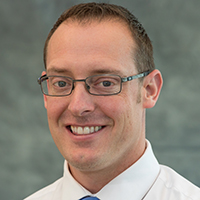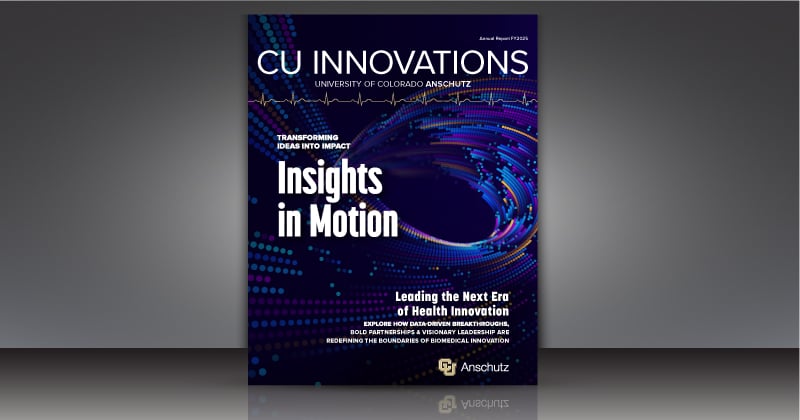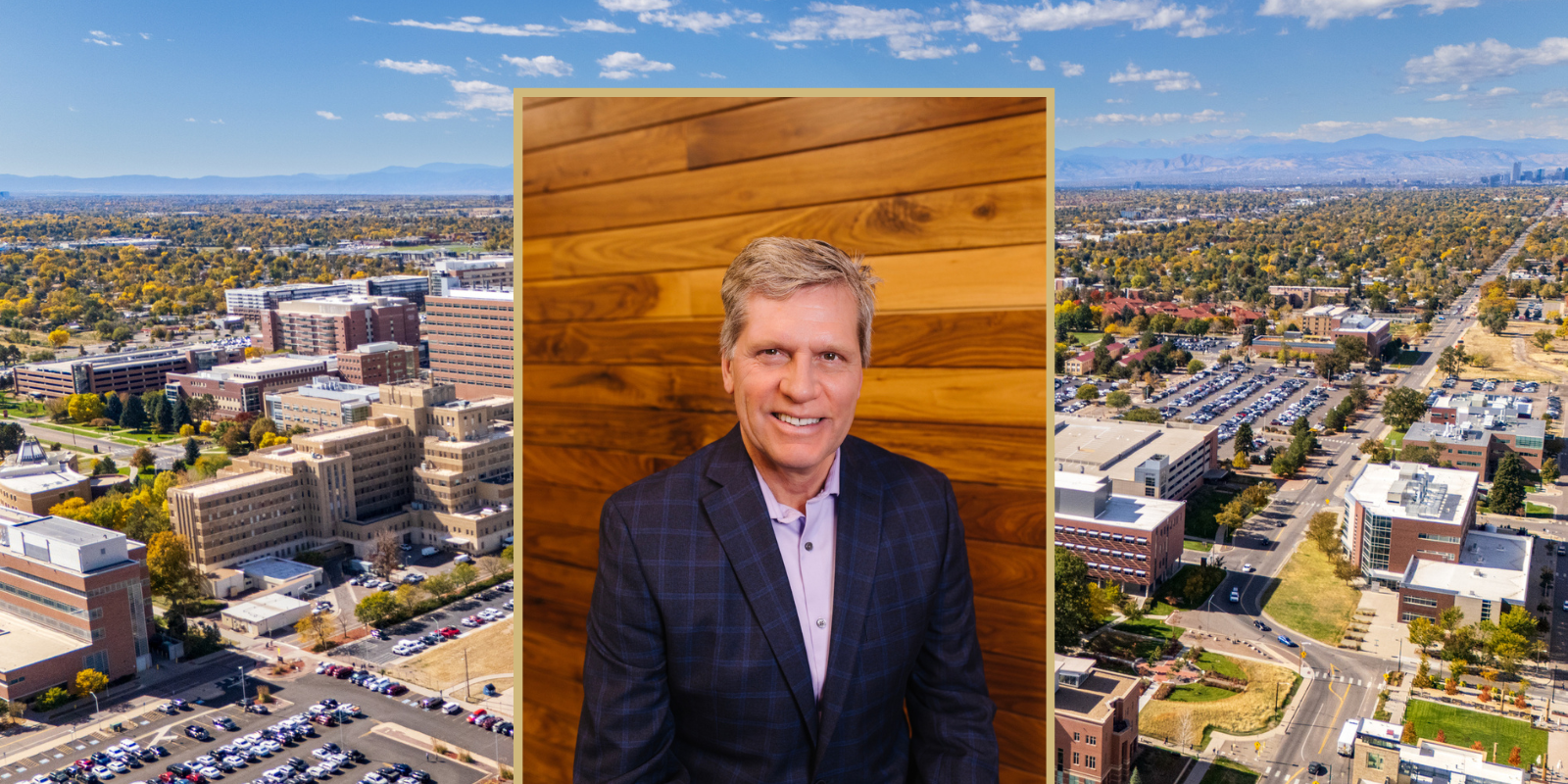A campus community that unites diverse groups with innovative ideas and shared interests periodically experiences conflicts. It’s just human nature. But what if disciplinary actions spelled out in university codes and policies exceed what both parties want as an outcome?
Enter Adaptable Resolution (AR).
An effort underway at the University of Colorado Anschutz Medical Campus aims to create another option for addressing conflicts. Called AR, the process offers justice and solutions in a collaborative and educational way conducive to an academic environment.
Initiated by the CU system office of Diversity, Equity and Inclusion (DEI) for all four campuses, members of the CU Anschutz community embraced the idea. With strong support from Chancellor Don Elliman and Executive Vice Chancellor for Academic and Student Affairs Roderick Nairn, an AR program is in motion.
In the following Q&A, Will Dewese, MEd, director of Adaptable Resolution for CU Anschutz, explains the move in more detail.





